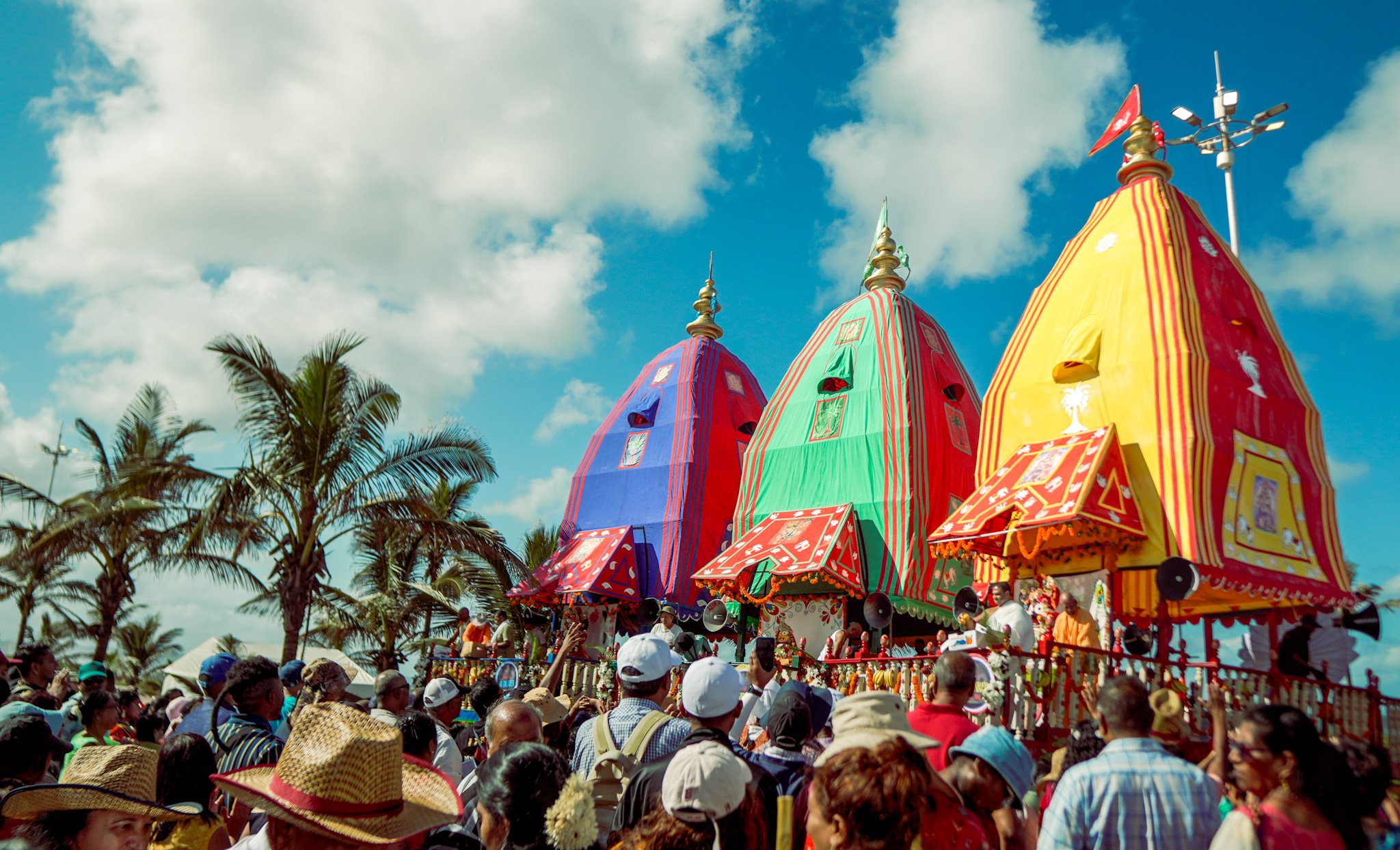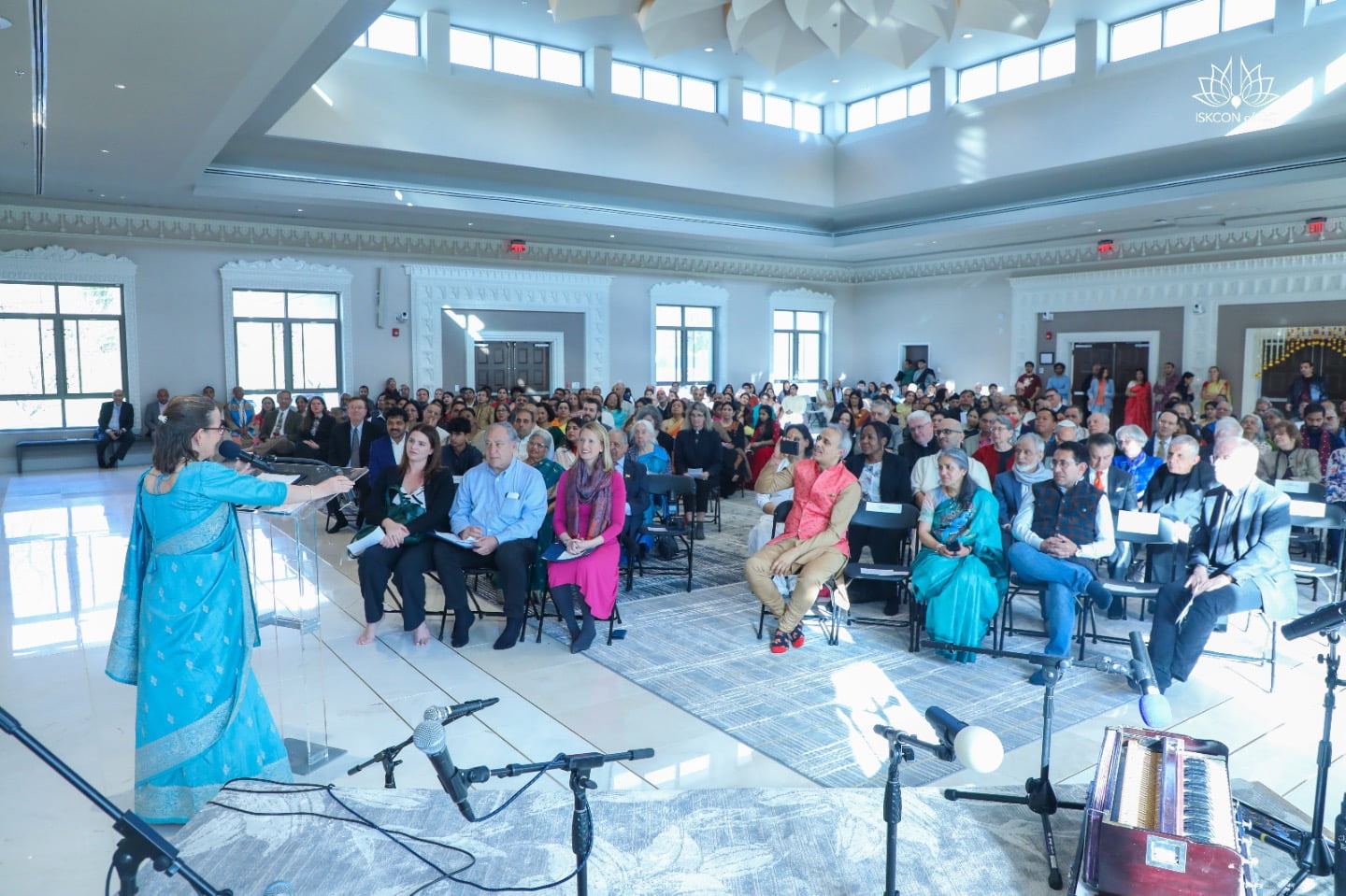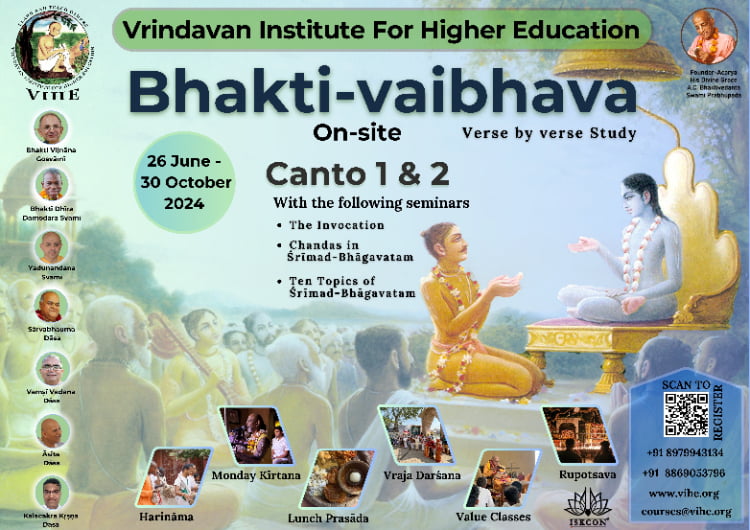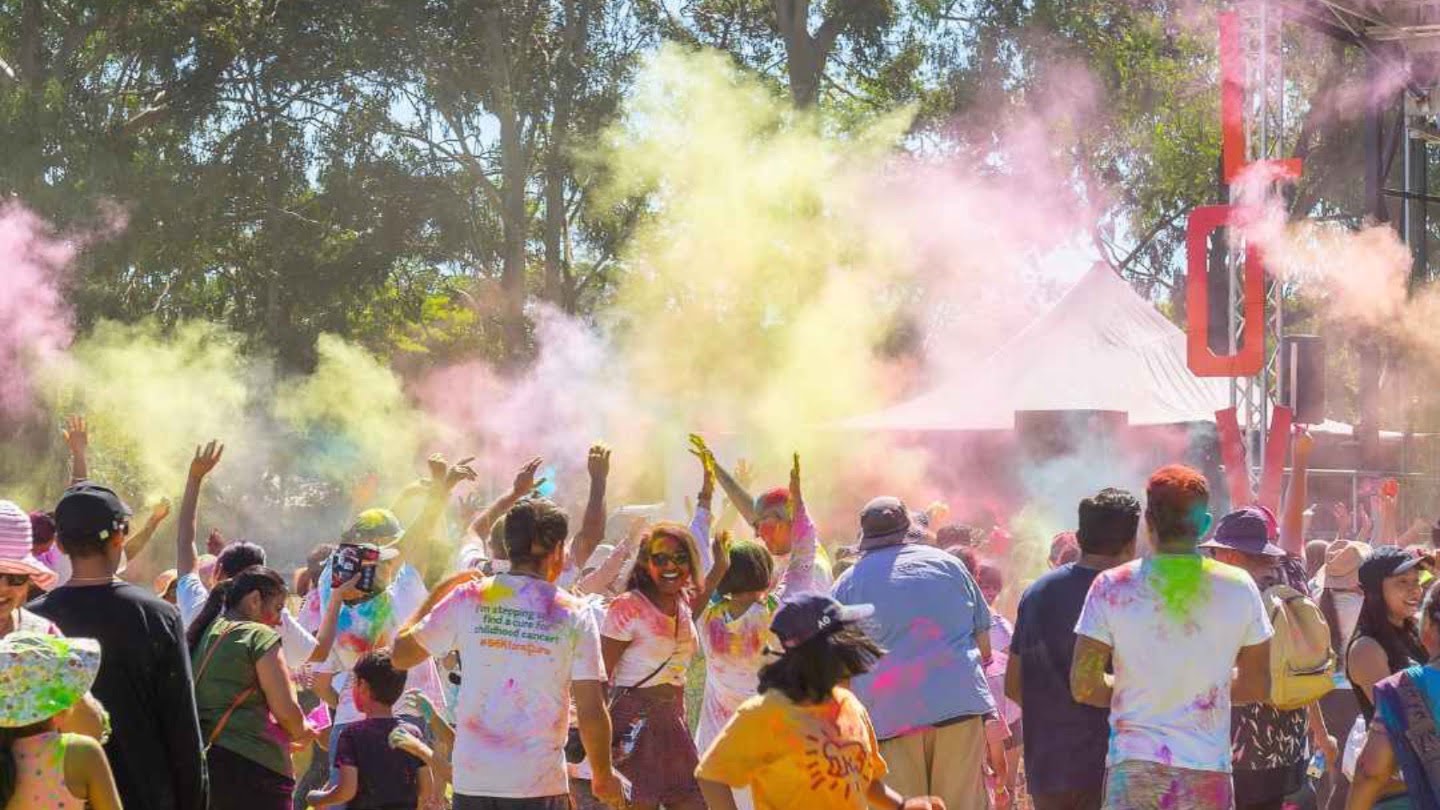ISKCON Russia`s Second Sannyasi
By Yadhunandana Das | Aug 07, 2010
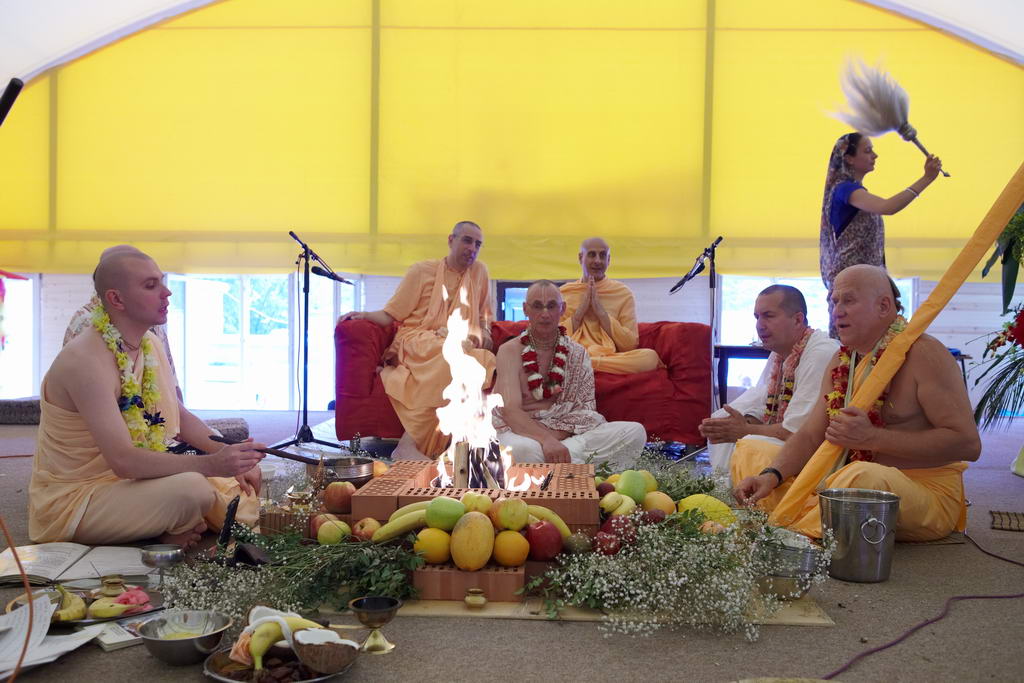
On the 3rd of July, almost two thousand devotees gathered for a festival celebrating the 17th anniversary of the installation of the Deities at Moscow`s Leningradskiy Prospect temple. They also became witnesses to the rare event of a sannyasa initiation – that of the second Russian devotee accepting the renounced order of life.
Sannyasa is the final stage in the four social orders of Hinduism. It means total renunciation of the world`s pleasures and complete dependence on God.
Up until now, the president of ISKCON Russia Bhakti Vigyana Goswami was the only sannyasi among Russian Vaishnavas. Nitay Caitanya das (his secular name is Evgeniy Mihaylovich Jarov) has become the new sannyasi, and the Goswami (‘controller of senses’) title has been added to his name.
Nitay Caitanya is one of the founders of the Krishna consciousness movement in the USSR. He heard about the bhakti tradition for the first time in 1970, while listening to “subversive” Western radio stations. He started to preach in 1981. From the very beginning of his preaching activity till the time of Gorbachev, he had been subjected to persecution and had been constantly under the threat of arrest and trail. During the Soviet period, Nitay Caitanya Goswami was actively preaching in Ukraine and in Central Russia. Now, he administrates the construction of a new Krishna temple in Kursk.
The rituals of sannyasa initiation are quite complex and can only be performed by specially trained and experienced priests.
At the ceremony Bhakti Vigyana Goswami emphasized: “Sannyasa is a glance on the world from a new angle. Bhaktisidhanta Sarasvati Thakur defines sannyasa
and the role of sannyasi as a preacher. The fact of accepting sannyasa means that a person wishes to dedicate all the time left to him in this world to preaching. Preaching is a social activity, which involves a lot of human interactions and bonds. These bonds, however, are spiritual, not secular by nature.”
Bhakti Vigyana Goswami also added: “No one should accept the renounced order of life as a result of personal tragedy. One shouldn’t be sannaysi if he is unhappy. A sannyasi should be happy by definition.”
He continued: “In the context of an ideal Vedic way of life there should be a division of ashramas, or periods of a person’s life, each characterized by its own spiritual and secular duties. Everything begins with discipleship, including keeping celibacy, without which it is impossible to control one`s mind and senses. Then, as years go by, one establishes a family. When his children grow up, one should slowly retire from family duties, devoting himself to spiritual activities.
The last stage is the renunciation of world, when one only serves only God. Such renunciation is called sannyasa.”
Bhakti Vigyana Goswami pointed out that “it is evident that there is no such a smooth and sound social and moral system in Russia and nowhere in the West. In the Bengali Vaishnava tradition sannyasa doesn’t involve renunciation from active life and retiring to the forest. This special kind of renunciation is called bhakti-sannyasa. The meaning of such renunciation is that along with internal purification one also takes new responsibilities towards the society: he educates people about the essence of the holy scriptures and the science of the soul, and helps everyone who wants to reach perfection in life.”
A sannyasa initiation ceremony has a special importance in Russian society. It grants the religious organization a special status among the established Russian churches.





